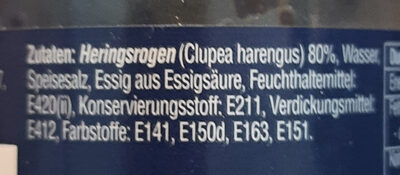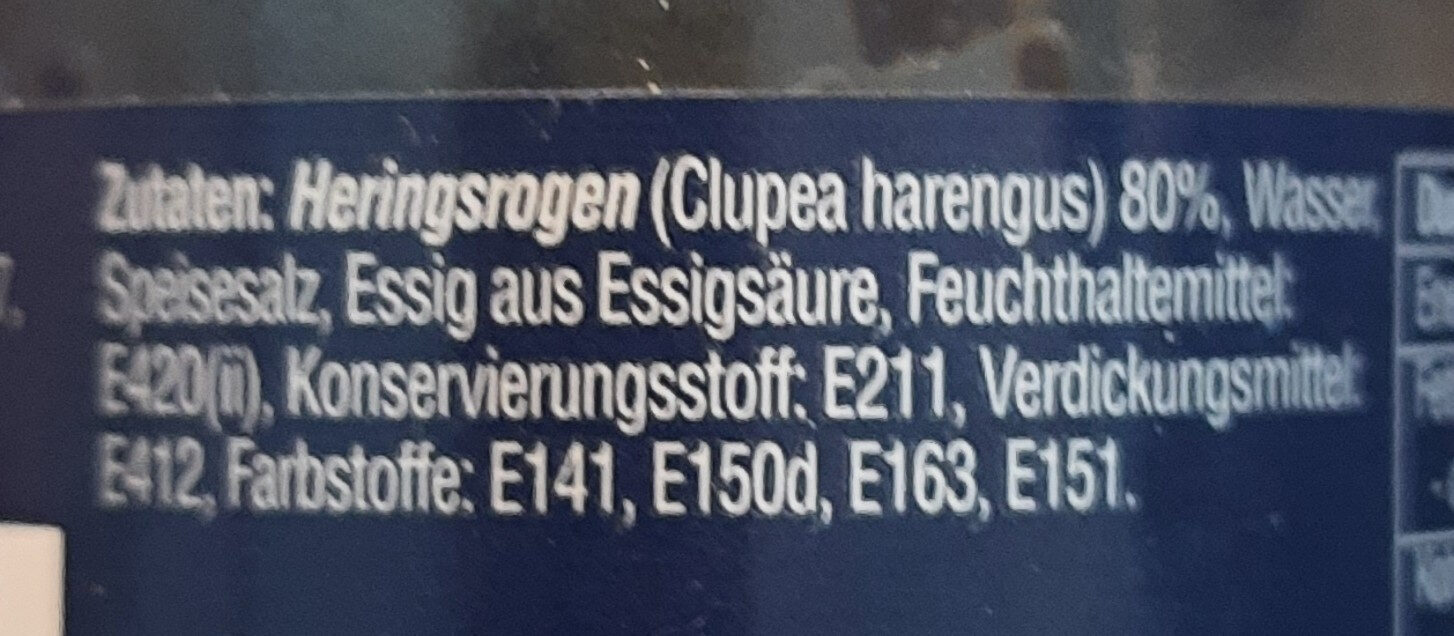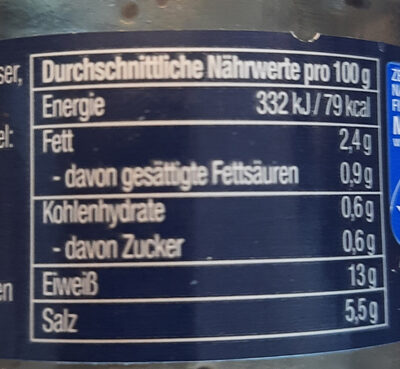Heringskaviar schwarz - C. Warhanek - 100g
This product page is not complete. You can help to complete it by editing it and adding more data from the photos we have, or by taking more photos using the app for Android or iPhone/iPad. Thank you!
×
Barcode: 9006382989934 (EAN / EAN-13)
Quantity: 100g
Packaging: Glass
Brands: C. Warhanek
Categories: Fish and meat and eggs, Fish eggs, Caviars, de:Schwarzer Kaviar
Labels, certifications, awards:
Sustainable, Sustainable fishery, Sustainable Seafood MSC
Countries where sold: Austria
Matching with your preferences
Environment
Packaging
Transportation
Labels
Report a problem
Data sources
Product added on by pazelix
Last edit of product page on by packbot.
Product page also edited by openfoodfacts-contributors.
If the data is incomplete or incorrect, you can complete or correct it by editing this page.











